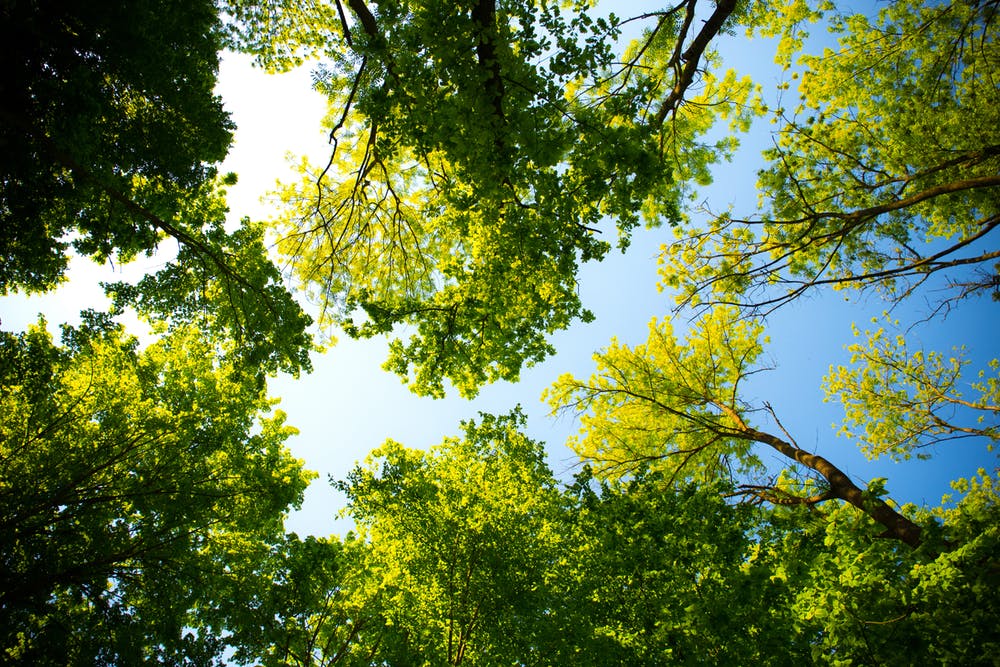The Key Role of a Tree Doctor for Local Clients
Also known as an arborist, a tree doctor offers a number of services for domestic clients.
Whether on a small suburban patch or situated on a large rural property, these practitioners bring their unique skillset for homeowners who need to upgrade the status of their premises and maintain the integrity of their vegetation.
This is a niche industry but one that is respected by community members.
Here we will outline their role for locals who value their contribution.
Working With Young Plants
The first key role that a tree doctor plays for local clients is working with young plants at their infancy. This is where tangible progress can be made or for disasters to occur depending on the activity that follows. In order to obtain a solid firm structure that forms the basis for future growth, young plants need to be shaped and crafted for further development to take place. Many home and business owners will simply plant these items into the soil, apply some water and expect Mother Nature to do the rest. That practice leaves too much to chance as it is beneficial to have an expert practitioner overlooking this embryotic phase first.
Pruning and Trimming For Conditioning and Maintenance Purposes
Arguably the most fundamental role that a tree doctor will play for local constituents is pruning and trimming back of branches. This will take place at the embryotic phase as well as later in life when the vegetation has grown to a fully formed state. A specialist will have all of the right equipment on hand to handle this exercise, scaling up great heights or working on ground level to remove interference and negate the spread of hazards that can form when that waste and debris is left to fester. Healthy trimming is one of the most effective strategies that these specialists will carry out for locals.
Optimising Airflow
Society cannot function without oxygen and one of the great elements that assist that resource is discovered through trees. The use of a tree doctor for local clients will ensure that airflow is consistent, providing healthier branches and exposure to sunlight to nurture genuine growth and nourishment. High wind conditions can threaten their integrity but if it correctly trimmed and conditioned, it will play less of a role and present less problems for the homeowner.
Recognising and Treating Threats

There is more to the practice of operating as a tree doctor than treating broken branches. Disease and infestation can spread when left untreated as pests and insects take hold of the native landscape. Then there is the potential exposure to power lines, flooding, fire and other external dangers that threaten the integrity of the vegetation. A certified arborist will make a determination of the threat level and institute safe practices that protect the integrity of the plants.
Operating Under Local Laws
In order for a prospective arborist to transition into a certified tree doctor, they have to pass their accreditation to be recognised by their association and their peers. During this rigorous testing, they will have to showcase how they can apply best practice in accordance with local laws dictated by states and councils respectively. From the perspective of local clients, they will be able to access reports that document the state of their environment that is legally binding. Each item will be marked in accordance with the latest laws, avoiding any potential litigation that a homeowner could face.
Summary
Local clients who need to care for and maintain their natural property are far better prepared when an authorised tree doctor services them. The long-term damage that can be sustained on suburban and rural properties is often a result of a lack of oversight in this department. These operators are readably available and ready to offer an assessment with key solutions.
…
